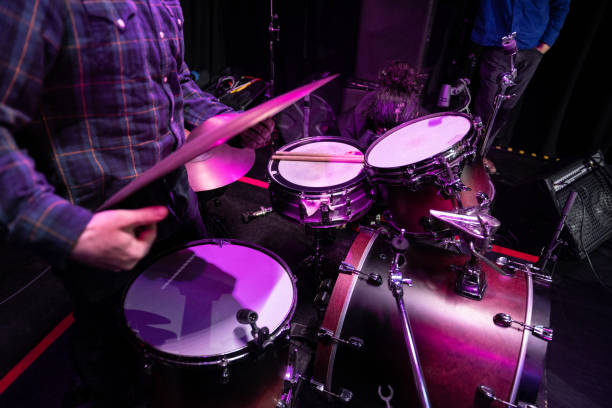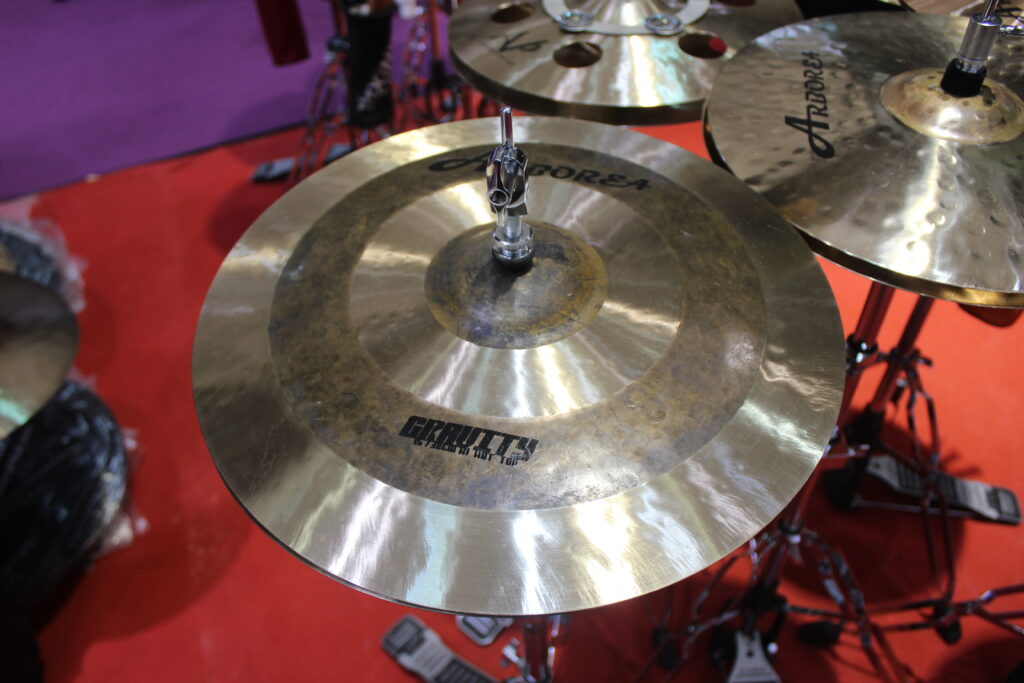Playing the cymbals is an essential part of many musical genres, including orchestral music, marching bands, and rock bands. Learning how to read cymbal music is a crucial skill for any aspiring percussionist. In this article, we will guide you through the process of reading cymbal music, from understanding the notation to interpreting the various symbols. Whether you are a beginner or looking to improve your skills, this guide will provide you with the knowledge you need to confidently play cymbal music.

To read cymbal music effectively, you must first familiarize yourself with the notation system used. Cymbal music is typically written on a percussion staff, which consists of multiple lines and spaces representing different pitches. The cymbal parts are usually written on a single line above the staff, using specific symbols to indicate the required techniques.
Cymbal music employs various techniques to create different sounds and effects. It is crucial to understand these techniques to accurately interpret the music. Some common cymbal techniques include:
When reading cymbal music sheets, you will encounter different musical notations and symbols. Here are some essential elements to look out for:
Cymbal music often contains specific symbols and markings that provide additional instructions to the percussionist. Here are some common symbols and their meanings:
Playing cymbals is not just about hitting them; it also involves mastering articulation and dynamics. Articulation refers to how the cymbals are struck, while dynamics determine the volume and intensity of the sound produced. To develop your cymbal skills, practice playing with different articulations, such as using the shoulder of the stick for a full crash sound or the tip of the stick for a lighter touch. Experiment with various dynamic levels, from soft and delicate to loud and powerful, to add depth and expression to your performance.
Smooth transitions between different cymbal techniques are essential for maintaining the flow and rhythm of the music. Pay attention to the notations indicating transitions, such as changing from a crash to a ride or from closed hi-hat to open hi-hat. Practice these transitions slowly at first, gradually increasing your speed and accuracy. Focus on maintaining a consistent tempo and smoothness throughout the transitions to create a seamless and professional sound.
Here are some tips to enhance your practice sessions and improve your cymbal playing skills:

When learning how to read cymbal music, it’s important to be aware of common mistakes that beginners often make. Avoid the following pitfalls to ensure a smooth learning process:
Cymbals are used in a wide range of musical styles and genres, each with its unique characteristics and playing techniques. Explore different genres such as orchestral music, jazz, rock, and marching band music to broaden your cymbal repertoire. Experiment with different cymbal styles, sizes, and materials to discover the sound that best suits your musical preferences.
To continue your journey in learning how to read cymbal music, consider the following resources:
Reading cymbal music is a skill that requires patience, practice, and an understanding of musical notation. By following the steps outlined in this guide, you can develop your ability to read cymbal music and enhance your overall percussion skills. Remember to approach your practice sessions with dedication and enthusiasm, and don’t hesitate to seek guidance from experienced instructors. With time and perseverance, you will become a confident and proficient cymbal player.
We will contact you within 1 working day, please pay attention to the email